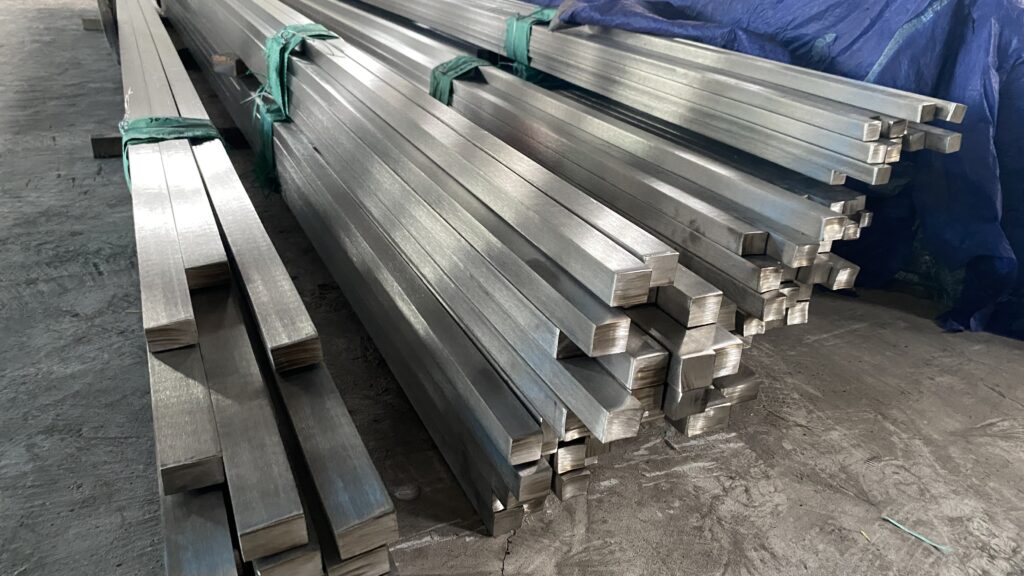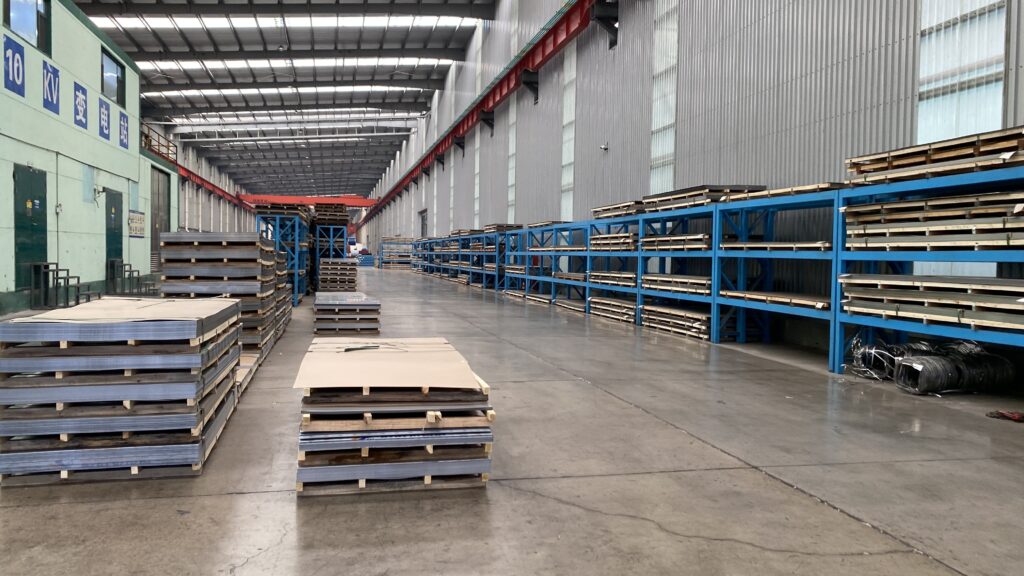Welcome to My Blog!
Before we dive into the content, I’d love for you to join me on my social media platforms where I share more insights, engage with the community, and post updates. Here’s how you can connect with me:
Facebook:https://www.facebook.com/profile.php?id=100090063158454
Now, let’s get started on our journey together. I hope you find the content here insightful, engaging, and valuable.

Introduction
304 stainless steel is one of the most common and versatile types of stainless steel, widely used in various industries due to its excellent corrosion resistance, strength, and aesthetic appeal. However, a frequently asked question is, “Is 304 stainless steel magnetic?” The answer isn’t as straightforward as you might think. This article explores the magnetic properties of 304 stainless steel, why it behaves the way it does, and its various applications in both magnetic and non-magnetic environments. Let’s dive into the science behind the magnetic properties of 304 stainless steel and see why this material is so popular.
What is 304 Stainless Steel?
304 stainless steel is an austenitic stainless steel, composed mainly of iron, chromium (around 18-20%), and nickel (about 8-10.5%). Known for its excellent corrosion resistance and formability, it’s commonly found in kitchen appliances, chemical containers, and architectural structures. Due to its non-magnetic austenitic crystal structure, 304 stainless steel is generally considered non-magnetic, but this isn’t always the case under certain conditions, as we’ll explore in this article.
| Composition of 304 Stainless Steel | Percentage (%) |
|---|---|
| Chromium | 18 – 20 |
| Nickel | 8 – 10.5 |
| Carbon | ≤ 0.08 |
| Manganese | ≤ 2.0 |
| Silicon | ≤ 1.0 |
| Phosphorus | ≤ 0.045 |
| Sulfur | ≤ 0.03 |
| Iron | Balance |
Why Is 304 Stainless Steel Magnetic Under Certain Conditions?
Though 304 stainless steel is classified as non-magnetic, it can exhibit magnetic properties depending on several factors, primarily due to mechanical processes such as cold working.
1. Austenitic vs. Martensitic Structures
304 stainless steel typically has an austenitic structure, making it inherently non-magnetic. However, under cold working or stress, some of this austenitic structure can transform into martensite, which is magnetic.
2. Cold Working and Magnetic Transformation
Cold working is a process that strengthens the metal by deforming its structure at low temperatures. This transformation can induce a magnetic response in 304 stainless steel by changing some of its microstructure from austenite to martensite.
3. Heat Treatment and Its Effect on Magnetism
Unlike some stainless steels, 304 does not become magnetic through heat treatment. In fact, high temperatures tend to stabilize its austenitic structure, keeping it non-magnetic. Thus, to reduce magnetic properties in 304 stainless steel, heat treatment can often be employed after cold working.
Applications of 304 Stainless Steel in Magnetic Environments
Despite its occasional magnetic properties, 304 stainless steel is still widely used in environments where a non-magnetic material is preferred. Here are some notable applications:
- Medical Equipment: Due to its low reactivity and corrosion resistance, 304 stainless steel is commonly used in medical devices and surgical instruments.
- Food and Beverage Industry: Its corrosion resistance and sanitary properties make 304 ideal for food processing and storage equipment.
- Chemical Containers: Used in environments that demand resistance to corrosion, such as chemical processing plants.
- Architectural Applications: Non-magnetic properties help prevent interference in electronic components, making it suitable for architectural structures.
Table: Magnetic Properties of 304 Stainless Steel Under Different Conditions
| Condition | Magnetic Properties | Explanation |
|---|---|---|
| Annealed (unworked) | Non-magnetic | Austenitic structure remains stable, non-magnetic |
| Cold Worked | Magnetic | Transformation to martensitic structure occurs |
| Heat Treated | Non-magnetic | Austenitic structure restored, reduces magnetism |
| Welded | Slightly magnetic (if not treated) | Welding can induce a small amount of magnetism |
| Exposed to Cryogenic Cooling | Magnetic | Low temperatures encourage martensitic transformation |
How to Test 304 Stainless Steel for Magnetic Properties
To test if 304 stainless steel is magnetic, follow these steps:
- Use a Magnet: Place a small magnet on the steel. If it sticks, the steel has magnetic properties, likely due to cold working.
- Check for Cold Working Marks: Inspect for signs of cold working, like sharp bends or hammered areas, where magnetic properties may appear.
- Consult Manufacturer Data: For precise applications, check with the steel’s manufacturer or conduct metallurgical tests.
Advantages of Using 304 Stainless Steel in Non-Magnetic Applications
304 stainless steel offers several advantages in applications where non-magnetic properties are essential. Here are a few key benefits:
- Prevents Interference with Electronics: Ideal for environments with sensitive electronic components.
- Improves Structural Integrity in Sensitive Applications: Offers high strength without compromising non-magnetic properties.
- High Corrosion Resistance: Suitable for both indoor and outdoor applications in harsh environments.
- Easily Fabricated: Can be easily formed into complex shapes without losing its properties.
FAQ on 304 Stainless Steel Magnetic Properties
Q1: Why does 304 stainless steel sometimes exhibit magnetic properties?
A: Cold working can induce martensitic transformation in 304 stainless steel, causing it to become magnetic.
Q2: Is there a way to make 304 stainless steel permanently non-magnetic?
A: Yes, through heat treatment, 304 stainless steel can often revert to its non-magnetic austenitic phase.
Q3: Is 304 stainless steel the only stainless steel with variable magnetism?
A: No, other grades, especially austenitic ones, may also display variable magnetic properties under different treatments.

Conclusion
304 stainless steel is a versatile material with applications across various industries. While it is generally classified as non-magnetic due to its austenitic crystal structure, certain conditions such as cold working can induce magnetic properties. Understanding when and why 304 stainless steel might become magnetic helps industries optimize its use. By knowing how to control these properties, you can make the most out of this widely used alloy.
Understanding the properties of 304 stainless steel can aid in choosing the right materials for specific applications, ensuring longevity and performance where magnetic properties may be a factor.
